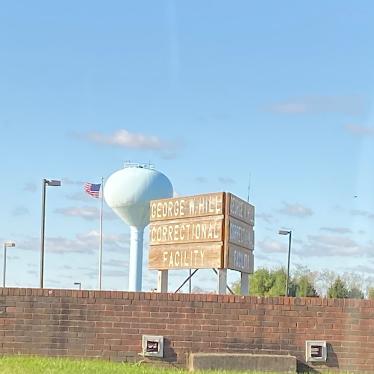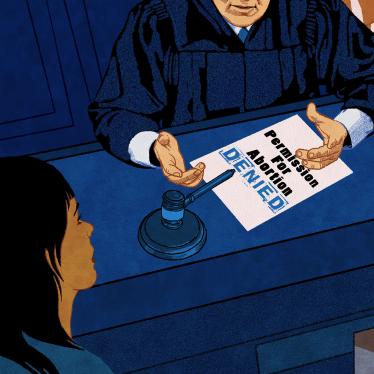The COVID-19 virus is spreading aggressively in jails throughout California and the rest of the United States. Detained people, jail staff and the communities they return to face increased and potentially deadly exposure unless policymakers take decisive action to lower jail populations to levels that allow necessary social distancing, quarantine, and medical treatment.
On April 6, California’s court leadership, the Judicial Council, using authority granted by the governor, issued emergency rules setting bail amounts at zero upon an initial arrest for most lower level charges. Depending on how local courts carry them out, these rule changes could substantially lower the number of incarcerated people and move facilities toward safer population levels. Unfortunately, an order issued March 28 extends the time that people who do have bail set must stay in jail, needlessly enhancing their exposure.
In the best of times, jails are not healthy places. They lack adequate standards of hygiene and sanitation. Recirculated air is conducive to transmission of airborne infections. People live in extremely close quarters, often crowded into dorm rooms with dozens of others, or small cells with stacked bunks. Respiratory ailments, like tuberculosis, are common. As a team of doctors specializing in medicine in correctional institutions recently said in a declaration expressing concern about the potential spread of COVID-19 in Illinois correctional facilities: “Jails and prisons are long known to be breeding grounds for infectious respiratory illness.”
COVID-19 raises the stakes. Coughing and sneezing spreads droplets containing the virus through the air or onto walls and other surfaces, infecting many who come in contact. Avoiding infection through social distancing is difficult in jails. The Centers for Disease Control and Prevention recommends living quarters in which people have 6 feet of space in all directions between them — a difficult standard in most, if not all, California jail facilities.
The potential for rapid and deadly spread of COVID-19 among prisoners is staggering. New York’s Rikers Island facility and Chicago’s Cook County Jail have already experienced severe outbreaks; jails in California are beginning to report cases. Some policymakers across the country are recognizing the danger, taking mostly modest steps to reduce jail populations to allow a greater degree of social distancing. Concern remains that these efforts are not enough.
The danger is not limited to prisoners. Jail staff are at risk. Because jails have rapid turnover and relatively short stays, people returning home from custody can also bring infection to their families and neighbors, while new prisoners and staff can bring infection into the facilities.
The Judicial Council’s April 6 zero-bail order will permit people accused of most misdemeanor and non-violent felony offenses to remain safely at home while their cases are pending. Judges retain discretion to set higher bail at future court appearances in exceptional cases, but the default is zero. This new rule should keep many people from entering jails, resulting in decreased crowding.
The change also applies to those in pretrial custody. This change can make a substantial positive difference, but this can vary by county. Courts could order the bail reductions for everyone in jail who qualifies, rapidly releasing large numbers of people, or they can choose to hold hearings to evaluate each case on an individual basis — an irresponsible approach that would slow the process and keep people in danger longer.
Complicating the situation is the March 28 Judicial Council order, which extends from 48 hours to seven days the time people can be detained before their first court appearance, their first opportunity to ask the judge for release. It also extends the time from that first court appearance until a preliminary hearing to determine if there is enough evidence to proceed with the case from 10 court days to 30 and delays the right to a speedy trial by an additional 30 days. It applies similar delays to juvenile court proceedings.
These delays will keep people in jail longer, increasing their risk of exposure. They could also make it difficult to get bail reductions if courts decide to hold hearings on bail using these longer deadlines.
The most urgent public safety challenge California courts face today is to protect people in jail and their communities from the spread of the deadly virus.
Reductions of jail populations to a level that allows proper social distancing, non-punitive quarantine and quality treatment need to occur quickly.
Courts should apply the change in bail to all qualified people in jail through blanket orders effective right away. And while it is understandable that the courts want to adjust their operations in light of the pandemic, the Judicial Council should withdraw the extensions of time limits that keep others in jail beyond their ordinary statutory time.









